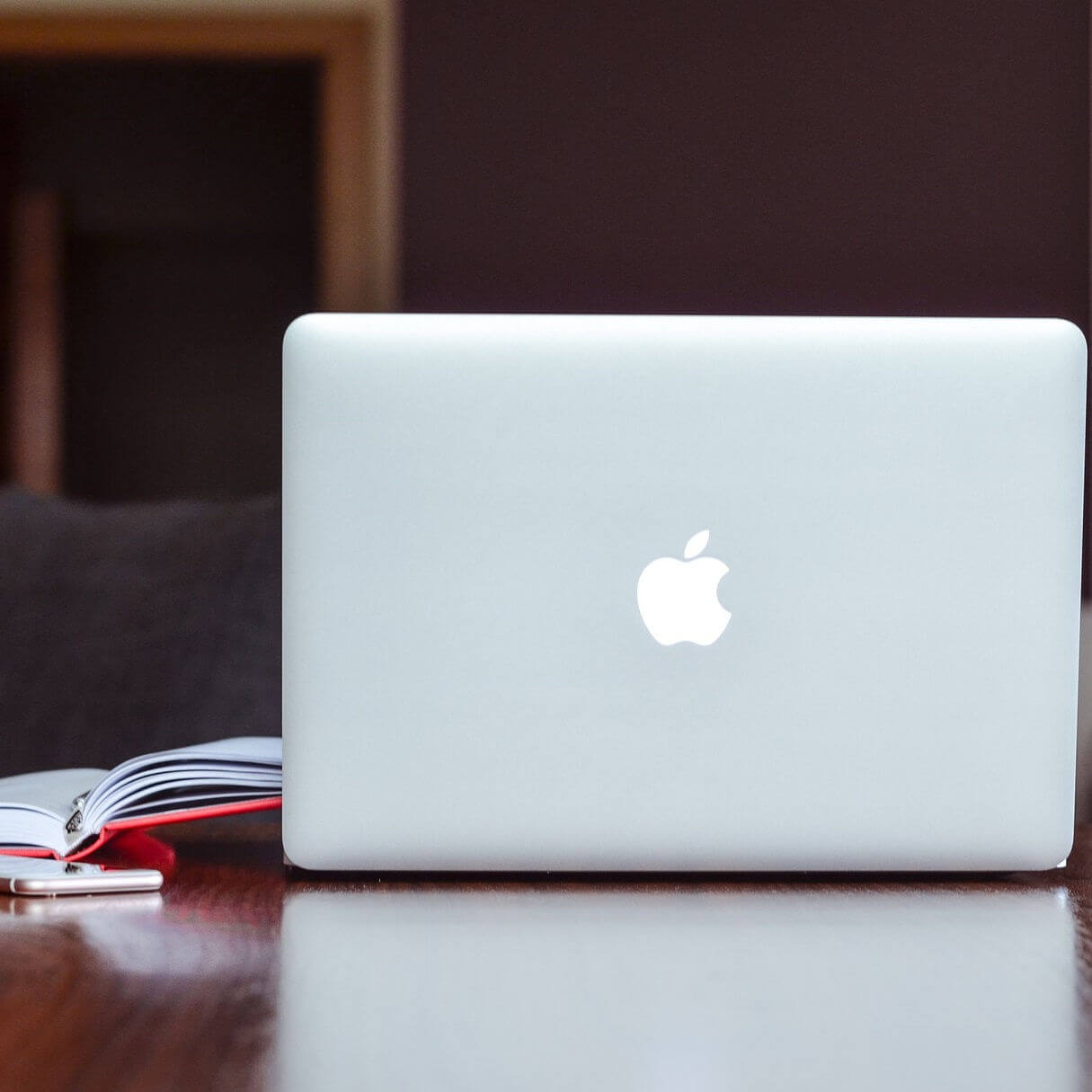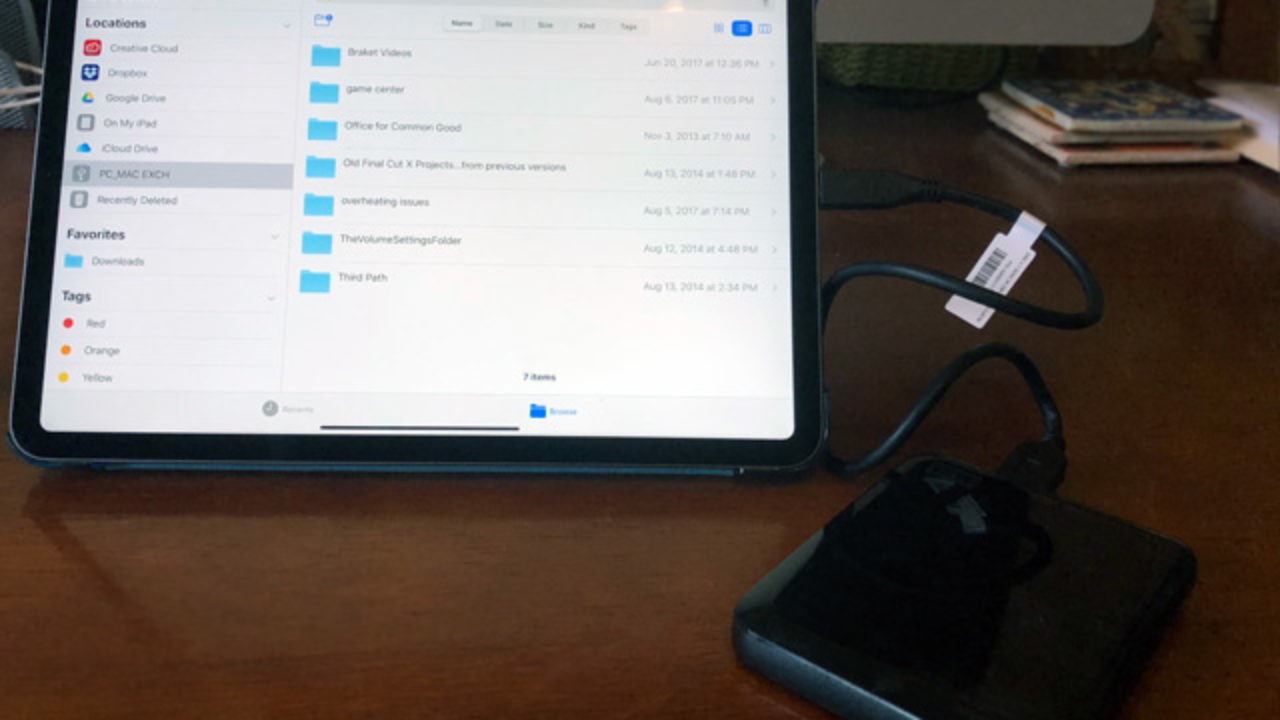

- Access portable hard drive formatted for mac on pc how to#
- Access portable hard drive formatted for mac on pc mac os x#
- Access portable hard drive formatted for mac on pc install#
- Access portable hard drive formatted for mac on pc windows 8#
NOTE: While formatting the drive all data will be lost from the hard drive.
Access portable hard drive formatted for mac on pc mac os x#
In order to format the drive please open Mac OS X Utilities -> Disk Utility -> choose the drive -> Partition tab -> 'Format:' field. Just drag and drop to get set up, connect the portable. You may format your drive to NTFS file system if you want to connect the drive directly (as a device) to Windows (choose Windows on the pop-up wizard). Designed to work with Windows or Mac computers, this compact external hard drive makes backup a snap. NOTE: Parallels Tools have to be installed and up-to-date to make sure Parallels Shared Folders tool is working.

Then the drive will be accessible in Windows File Explorer via Parallels Shared Folders tool. MacDrive 10 extends the lead with even faster access and more protection for your Mac disks and files. MacDrive has built a reputation on blazing quick read/write speeds and unparalleled data security. While pop-up wizard prompts if I want to connect the drive whether to Mac or to Windows - choose Mac. Open and edit your Mac files from the new window or access them direct from Windows Explorer or your favorite software.
Access portable hard drive formatted for mac on pc how to#
In this case you have two ways of how to solve this issue: Windows does not support HFS+ file system. Several hard drives are formatted to HFS+ file system by default, which is supported only by Mac OS X (e.g. When I connect the drive to Mac, a pop-up window prompts if I want to connect the drive whether to Mac or to Windows - I choose Windows. Type diskpart into the Command Prompt window and press Enter.I am unable to access my external hard drive in Windows virtual machine.
Access portable hard drive formatted for mac on pc windows 8#
To do this on Windows 8 or Windows 7, press the Windows key once, type cmd, and press Ctrl+Shift+Enter. Next, open a Command Prompt window as administrator. For example, in the screenshot below, the Mac-formatted drive is Disk 2. First, note the number of the disk in the disk management window. This process erases everything on the disk, including its files and all its partitions. To erase this partition, we’ll have to wipe the entire disk. This partition is marked as protected, so you can’t just right-click and delete it - the delete option will be disabled.

The Mac drive may have an “EFI System Partition” on it. You can then right-click in the empty space and select New Simple Volume to create a partition and format it with the Windows NTFS or FAT32 file systems. If you’re lucky, you can just right-click each partition on the Mac drive and select Delete Volume to remove the partitions. Be sure you’ve identified the Mac drive - if you accidentally delete partitions from another drive, you could damage your Windows installation or lose your files. Locate the Mac drive in the list of disks. This tool allows you to manage the partitions on drives connected to your computer - internal ones or external ones connected via USB. Press Windows Key + R to open the Run dialog, type diskmgmt.msc into the box, and press Enter to open it. RELATED: Understanding Hard Drive Partitioning with Disk Managementįirst, open the Windows Disk Management tool. You’ll probably want to uninstall Java when you’re done.Įrase the Mac Partitions, Including the EFI System Partition
Access portable hard drive formatted for mac on pc install#
HFSExplorer unfortunately requires you install Java to use it, but it’s the only free option here. If you only have Windows systems available, you can use HFSExplorer to copy files from the drive onto your Windows system drive or another drive. If you have a Mac lying around, you can plug the drive into a Mac and back up the files. Instead, we’ll just be wiping the drive and starting over from scratch.

This process won’t actually convert the file system. First, back up the data on the Mac-formatted drive if you have anything important on it.


 0 kommentar(er)
0 kommentar(er)
